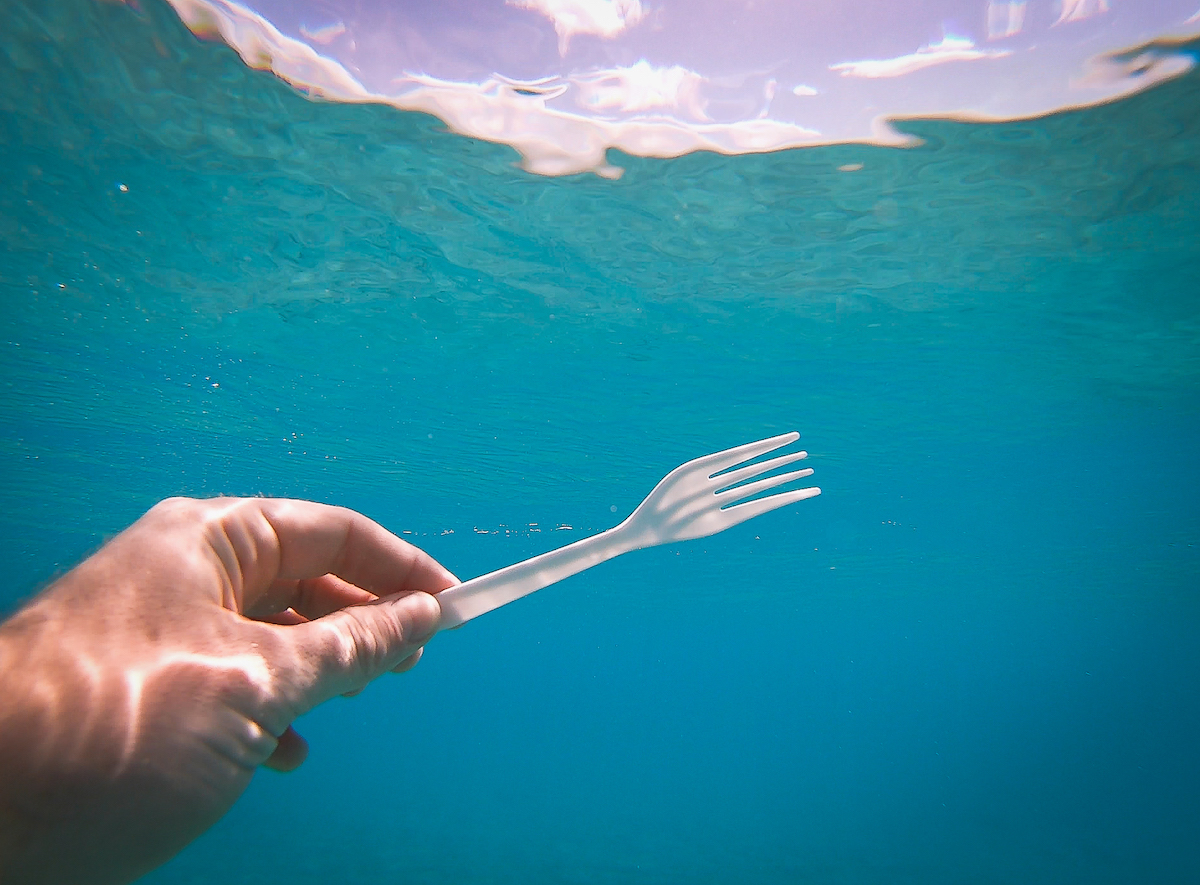Reviewing Plastic Waste in Vietnam
Results are in for Hanoi and Nam Dinh city plastics study

The convenience store is both a staple of modern living and an allegory for the way urban life impacts the environment. By definition, these shops and the items they sell are designed to make our lives easier. Many of us in urban areas can buy drinks, snacks or other necessities at any hour of the day or night within a short walk.
While the advantages are obvious, the ease these shops provide also means that we may be less mindful of the origin and impact of each item. We don’t always know how each item we purchase arrived there in the first place: how it was made, where it came from, where the packaging goes when we are done with its contents or how the city we live in manages what we discard.
These are the kinds of questions asked by the Circularity Assessment Protocol (CAP), a process developed by Dr. Jenna Jambeck and her team at the University of Georgia (UGA)’s Circularity Informatics Lab and which Ocean Conservancy is implementing with partners in cities around the world. The CAP is a series of assessments that provides an overview of the trash and plastic waste in each city. It explores questions about consumer habits, packaging materials, availability of plastic alternatives and what becomes litter or trash and why. This data can then be shared with local, regional or national decisionmakers to help find ways to reduce plastic pollution.
Between February and March 2021, a team from the Center for Marinelife Conservation and Community Development (MCD), with guidance from the Circularity Informatics Lab and support from Ocean Conservancy and municipal leaders, conducted fieldwork in the cities of Hanoi and Nam Dinh in Vietnam. This included product and packaging assessments in stores across each city, interviews with government, industry and non-profit organizations, cost analysis of reusable products and alternatives to plastic available in the city, and audits of recycling contamination.
Some of the findings in Nam Dinh and Hanoi include:
- All top convenience store items are in non-recyclable plastic packaging. More than 90% of these products were manufactured in Vietnam. This provides an opportunity to locally design and manufacture alternatives.
- Packaging made of natural materials is limited and expensive. These alternatives aren’t accessible or well-known but local investment could help build a market for them.
- Plastic food packaging was the most common type of litter collected. Tobacco products and plastic fragments were also some of the most common items found.
- In both cities, there is a need to increase the number of waste collection bins available to the public. In many areas, there aren’t enough bins to support the volume of waste created, which leads to excess waste spilling over into the environment.
- Interviews with local residents, business owners and government officials revealed a desire for tackling plastic pollution. There was interest in both private and public sector solutions.
Understanding the strengths, weaknesses and differences among waste management practices in these cities is just the first step. Learn more about the Vietnam Circularity Assessments in Hanoi and Nam Dinh. Next, with the support of Ocean Conservancy, stakeholders in Hanoi and Nam Dinh will use the findings from the CAP to develop plans to improve how they manage plastics and waste.